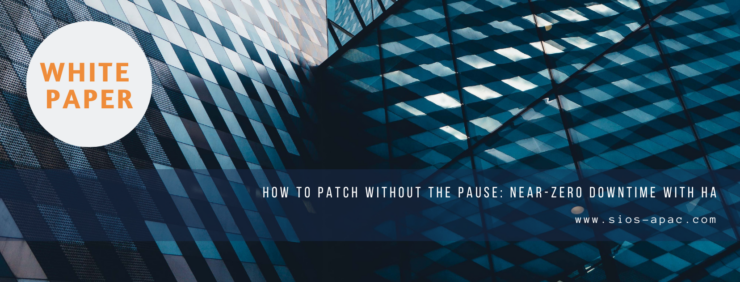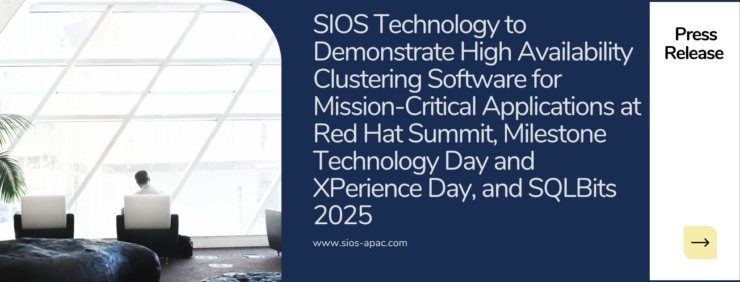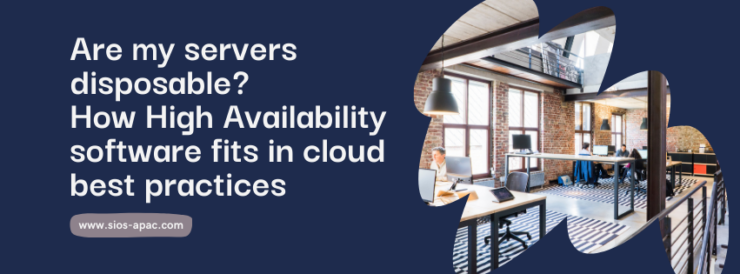How to Patch Without the Pause: Near-Zero Downtime with HA
Protecting Critical Systems from Downtime & Disasters
This white paper explores how organizations can overcome the downtime risks traditionally associated with patch management by integrating high availability (HA) clustering solutions. It explains how SIOS LifeKeeper and DataKeeper software enable a rolling update process, allowing patches to be tested and applied on secondary nodes without interrupting production systems. This approach minimizes downtime, reduces the risk of patch failures, and ensures compliance with cybersecurity regulations like HIPAA and PCI DSS.
Reproduced with permission from SIOS



